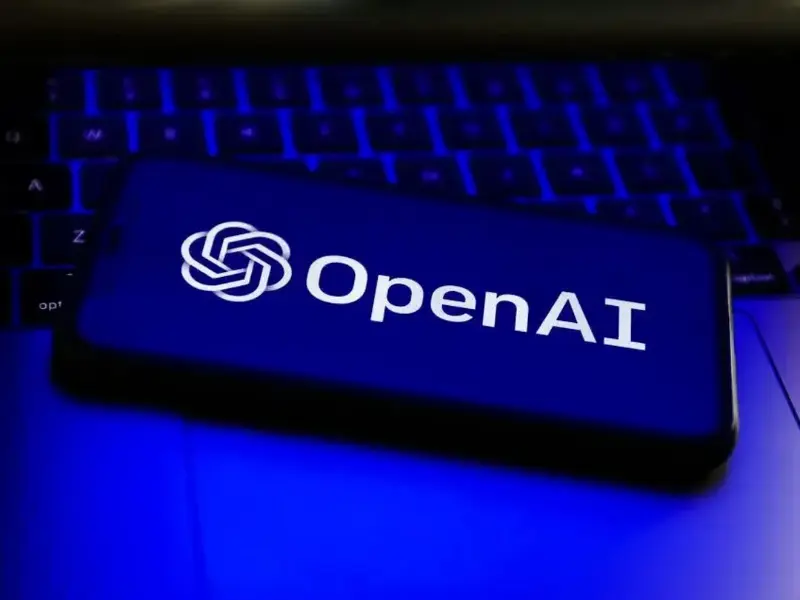- OpenAI, founded in 2015 by tech leaders including Elon Musk and Sam Altman, is a research organization focused on developing safe and beneficial AI.
- Known for breakthroughs like GPT-3, DALL·E, and Codex, OpenAI is driving innovation in natural language processing, image generation, and AI-assisted programming.
OpenAI is a leading artificial intelligence research organization founded with the mission to ensure that artificial general intelligence (AGI) benefits all of humanity. Since its inception, OpenAI has been at the forefront of AI development, pushing the boundaries of what is possible in machine learning, natural language processing, and deep learning. In this article, we’ll explore what OpenAI is, its history, its goals, its most notable projects, and the impact it’s had on the tech industry and society as a whole.
Also read: Greg Brockman returns to OpenAI: A new era begins
Also read: Bain & Co. and OpenAI collaborate to deliver AI tools to clients
What is OpenAI: An overview
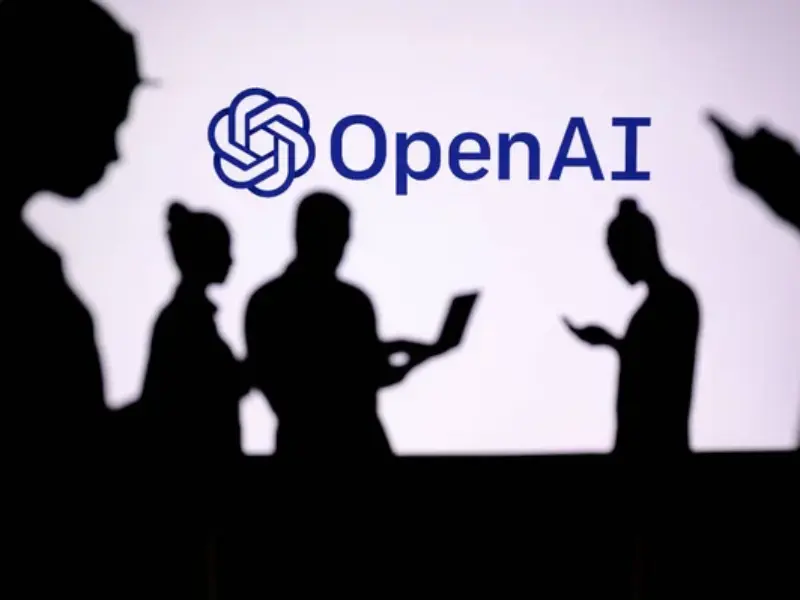
OpenAI is an artificial intelligence research laboratory that aims to develop advanced AI systems and ensure these systems are safe and beneficial for humanity. Originally founded as a non-profit organization in 2015, it has since transitioned to a “capped-profit” model to attract the investment necessary to fund its ambitious projects while maintaining its commitment to ethical AI development.
OpenAI’s primary focus is on creating AGI, an AI that can perform any intellectual task that a human being can. However, OpenAI also works on developing advanced models in narrow AI, which excels in specific tasks such as language understanding, image recognition, and robotics.
Key goals of OpenAI
- Broadly beneficial AI: OpenAI’s mission is to ensure that AGI benefits everyone and does not disproportionately benefit any single entity or group. Sam Altman, CEO of OpenAI: “The goal is not just to develop AGI, but to ensure it benefits everyone globally. The promise of AGI is immense, but its power must be distributed equitably.”
- Safety and alignment: OpenAI focuses on AI safety, making sure that AI systems are aligned with human values and are capable of being controlled. Ilya Sutskever, co-founder of OpenAI: “One of the hardest challenges we face is making sure that AI systems remain safe as they grow more powerful. We need to align these systems with the well-being of humanity at every step.”
- Cooperative AI development: OpenAI aims to collaborate with other institutions and organizations to share knowledge and resources, ensuring that AGI development remains open and beneficial to society. Elon Musk, co-founder of OpenAI: “AI must be developed transparently and cooperatively. The only way to ensure that AI is safe is through collaboration and sharing knowledge across the global research community.”
The goal is not just to develop AGI, but to ensure it benefits everyone globally. The promise of AGI is immense, but its power must be distributed equitably.
Ilya Sutskever, co-founder of OpenAI
Also read: Bain & Co. and OpenAI collaborate to deliver AI tools to clients
Also read: OpenAI backs California bill for AI content labels
History of OpenAI: From non-Profit to capped-Profit
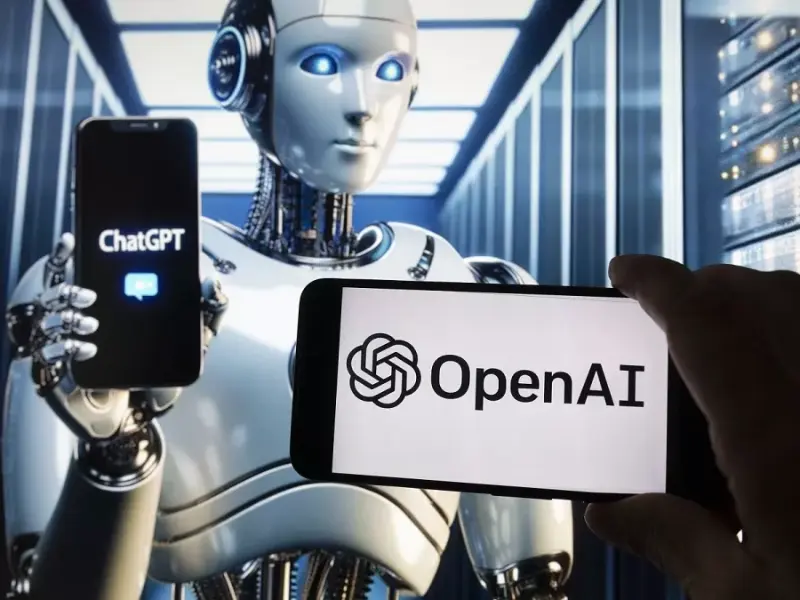
OpenAI was founded in December 2015 by several prominent figures in the tech industry, including Elon Musk, Sam Altman, Greg Brockman, Ilya Sutskever, John Schulman, and Wojciech Zaremba. The organization was originally set up as a non-profit with the goal of advancing AI in an open, transparent manner and ensuring that its benefits would be shared broadly.
However, in 2019, OpenAI shifted to a hybrid structure, creating a for-profit entity called OpenAI LP. This change allowed the organization to raise capital and compete with other AI research giants like Google DeepMind, Facebook AI, and Microsoft. The for-profit entity is “capped-profit,” meaning that investors can earn a return on their investment, but this return is limited to a certain multiple of their initial investment. Greg Brockman, co-founder of OpenAI, explained that: “Our transition to a capped-profit model was necessary to secure the resources needed to push the boundaries of AI research. It’s a balancing act—ensuring that we can innovate at scale while staying true to our mission of creating AI for the collective good.”
Our transition to a capped-profit model was necessary to secure the resources needed to push the boundaries of AI research. It’s a balancing act—ensuring that we can innovate at scale while staying true to our mission of creating AI for the collective good.
Greg Brockman, co-founder of OpenAI
Notable figures behind OpenAI
- Elon Musk: Co-founder and one of the original investors. Musk’s vision for AI has been a key influence in OpenAI’s commitment to ensuring that AGI is developed safely.
- Sam Altman: Co-founder and CEO of OpenAI, Altman has played a central role in the company’s leadership and strategic direction.
- Ilya Sutskever: A renowned AI researcher and co-founder, Sutskever is known for his contributions to deep learning and neural networks.
Also read: Microsoft calls OpenAI a competitor in SEC filing
Also read: OpenAI’s next model to undergo safety checks by the U.S. Government
OpenAI’s major projects and innovations
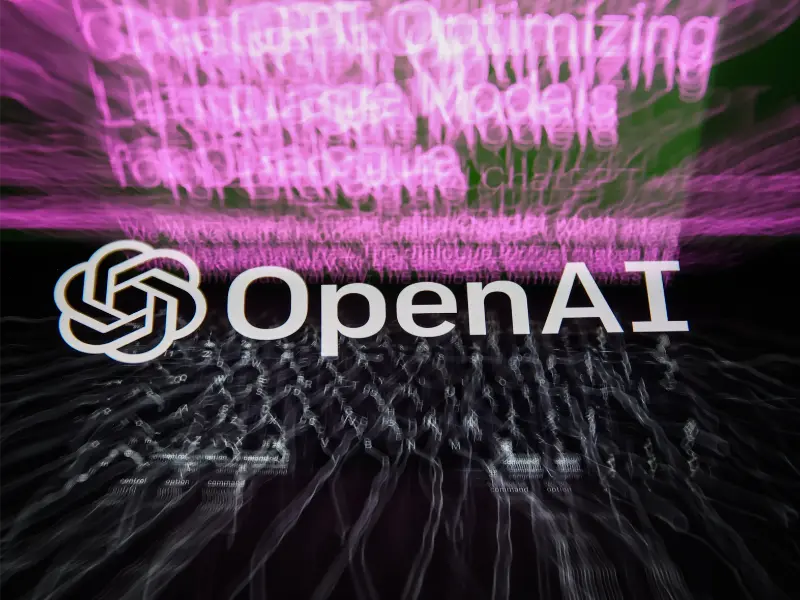
OpenAI has made significant contributions to the field of artificial intelligence. Its work spans several domains, including natural language processing (NLP), robotics, and reinforcement learning. Below, we highlight some of the organization’s most impactful projects.
GPT (Generative pre-trained transformer)
One of OpenAI’s most notable achievements is the development of GPT. GPT is a series of large language models that have revolutionized natural language understanding and generation.
GPT-3 and its impact
GPT-3, released in 2020, is one of the largest and most powerful language models ever created, with 175 billion parameters. It can generate human-like text, answer questions, summarize content, translate languages, and even write poetry. Its capabilities have led to a broad range of applications in content creation, customer support, education, and more.
OpenAI has also made GPT-3 available to developers through an API, allowing businesses to integrate its capabilities into their products and services. The success of GPT-3 has established OpenAI as a leader in NLP and deep learning.
GPT-4 and the future of language models
In 2023, OpenAI released GPT-4, which builds upon the success of GPT-3. GPT-4 is even more powerful, capable of understanding complex instructions and providing more accurate and nuanced responses. It has set new standards for AI language models, with improvements in reasoning, multi-modal capabilities (such as processing text and images), and better handling of specific tasks.
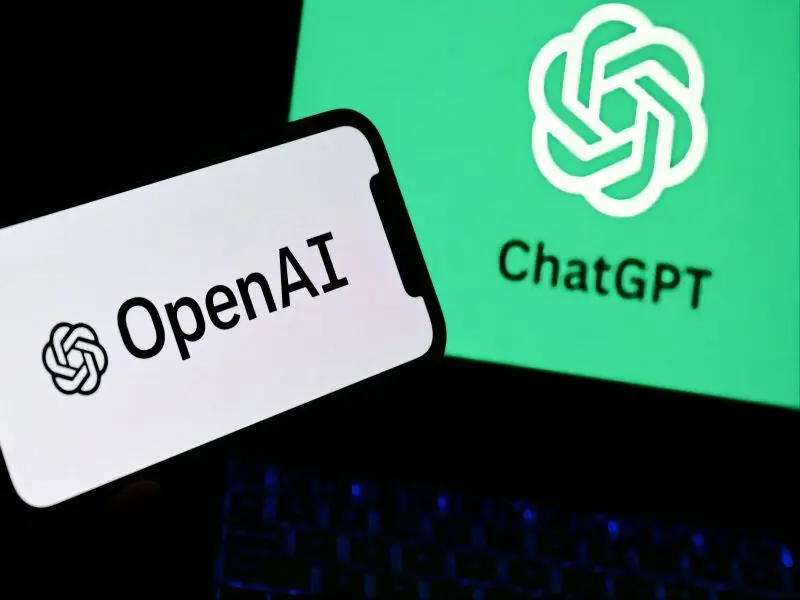
DALL·E and image generation
Another groundbreaking project from OpenAI is DALL·E, a neural network capable of generating images from textual descriptions. DALL·E has gained attention for its ability to create realistic and imaginative images based on simple text prompts. For example, if you ask DALL·E to generate an image of “an armchair in the shape of an avocado,” it can create a unique and highly detailed visual representation of that request.
The release of DALL·E 2 further improved upon its predecessor, offering even more realistic and higher-quality images. The ability to generate images from text opens up new possibilities in design, advertising, and creative industries.
Codex and AI-Assisted Programming
Codex, a product of OpenAI, is an AI system designed to help programmers by generating code from natural language descriptions. It powers GitHub Copilot, a popular tool that assists developers by providing real-time code suggestions and completions as they type. Codex’s ability to understand programming languages and generate code is a game-changer for software development, making it more accessible to non-programmers and speeding up development for experienced coders.
OpenAI’s Robotics Work
OpenAI has also made strides in robotics. Its OpenAI Gym is a toolkit for developing and comparing reinforcement learning algorithms. While OpenAI Five demonstrated AI’s ability to play the multiplayer video game Dota 2 at a competitive level, beating human champions. This achievement shows the potential of artificial intelligence in complex, dynamic environments. And has had a broad impact on robotics. In robotics, AI systems can be trained to perform tasks in the real world.
Also read: Google launches safety-focused ‘open’ AI models
Also read: Coinbase adds three board members, including OpenAI executive
OpenAI’s influence on AI safety and ethics
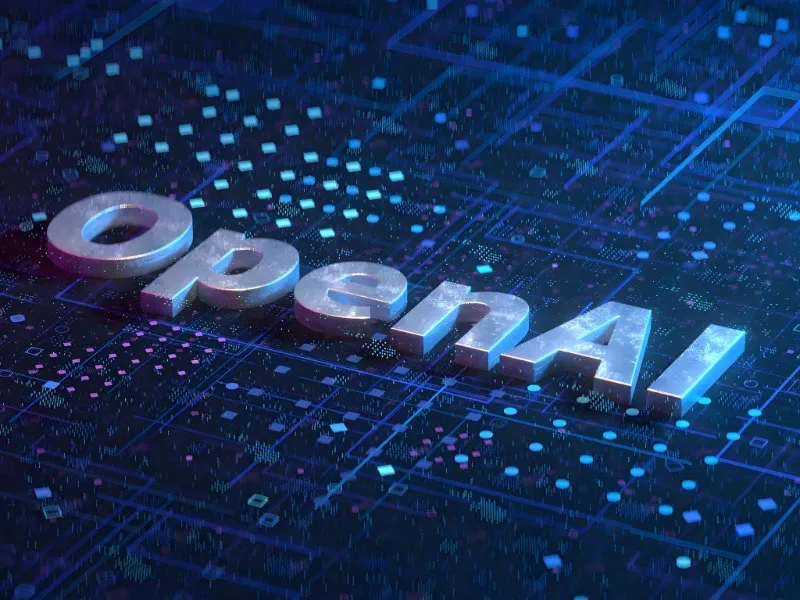
AI safety is a core focus for OpenAI. And the organization has made significant contributions to the field of AI ethics. OpenAI has developed techniques for aligning AI systems with human values, ensuring that they behave in ways that are beneficial and not harmful.
The alignment problem
One of the challenges that OpenAI and other AI organizations face is the alignment problem. It refers to the difficulty of ensuring that an AI system’s goals are aligned with human values. OpenAI has worked on developing techniques to address this problem, such as reinforcement learning with human feedback (RLHF), where AI systems are trained to optimize for human preferences rather than predefined metrics.
Demis Hassabis, CEO of DeepMind, highlights that “Aligning AI with human values isn’t just about training algorithms—it’s about building systems that can learn and adapt as they interact with the world. This requires a deeper understanding of both AI and human psychology.” OpenAI recognizes the complexity of this task. Therefore, there is a strong emphasis on safety research and collaboration with other AI research organizations. So as to build systems that are both powerful and compatible with human well-being. This collaborative approach is essential, as no single organization can address the vast ethical implications of AGI alone.
Collaboration with other organizations
OpenAI has consistently emphasized the importance of collaboration to ensure the safe development of AGI. The organization works closely with other AI researchers, policymakers, and industry leaders to develop shared safety standards and guidelines. By promoting transparency and openness, OpenAI aims to create an environment where AI systems are developed responsibly.
As Yoshua Bengio, one of AI’s pioneers, suggests, “The future of AI requires us to build robust safety standards and ensure that all stakeholders—governments, tech companies, and the public—are part of the conversation on how AI should evolve.” OpenAI’s transparency and collaborative efforts are vital in shaping AI development in a way that prioritizes long-term societal benefits over short-term interests.
The future of AI requires us to build robust safety standards and ensure that all stakeholders—governments, tech companies, and the public—are part of the conversation on how AI should evolve.
Yoshua Bengio, one of AI’s pioneers
OpenAI’s role in shaping the future of AI
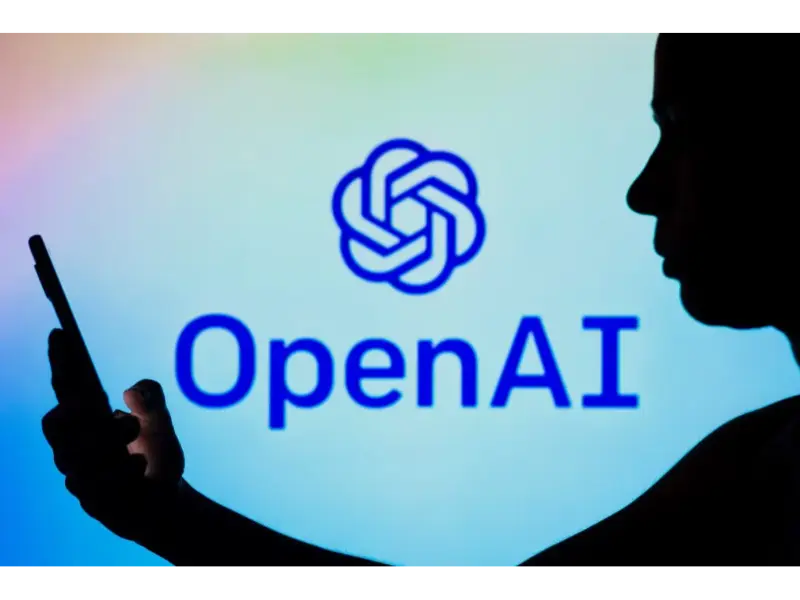
As AI technology continues to advance, OpenAI remains at the cutting edge of research and innovation. The organization is committed to ensuring that AI’s transformative potential is harnessed for the benefit of society, rather than allowing it to be misused or concentrated in the hands of a few powerful entities.
The road to artificial general intelligence (AGI)
While OpenAI has made significant progress with narrow AI systems like GPT-3 and DALL·E, its ultimate goal is to create AGI, a machine that can perform any intellectual task that a human can. OpenAI believes that AGI has the potential to solve some of the world’s most pressing problems. It includes climate change, disease, and poverty. However, the development of AGI must be done carefully and safely, with attention to potential risks.
The promise and challenges of AGI
AGI promises to revolutionize virtually every industry, from healthcare to finance to education. However, there are significant risks associated with AGI, particularly if it is developed in a way that is not aligned with human values. OpenAI is focused on ensuring that AGI is developed safely, with mechanisms in place to prevent misuse and unintended consequences.
The future of OpenAI
Looking ahead, OpenAI continues to lead the charge in AI research, with plans to develop more powerful and safe AI systems. As the world moves closer to the development of AGI, OpenAI’s role in shaping the future of AI will be crucial. The organization’s work in AI safety, ethics, and collaboration will be key to ensuring that AI is developed responsibly and for the benefit of all.
FAQ
OpenAI is an artificial intelligence research organization founded in 2015 with the goal of developing safe and beneficial AI technologies. Initially started as a non-profit, OpenAI has since transitioned to a hybrid model to attract the necessary investments for advanced AI research while maintaining its commitment to broad societal benefit. OpenAI is best known for developing AI models like GPT-3, DALL·E, and Codex.
OpenAI’s primary goal is to ensure that artificial general intelligence (AGI) benefits all of humanity. The organization focuses on creating AI systems that are aligned with human values, safe to use, and widely beneficial. OpenAI is committed to advancing AI in a way that avoids misuse, promotes transparency, and encourages global collaboration in AI development.
OpenAI has developed several cutting-edge AI technologies, including:
GPT-3 (Generative Pre-trained Transformer 3): A state-of-the-art natural language processing model capable of generating human-like text, answering questions, and completing tasks.
DALL·E: An AI system that generates images from textual descriptions, showcasing powerful capabilities in creativity and visual arts.
Codex: A model that powers GitHub Copilot, assisting developers by suggesting code and automating tasks to improve programming efficiency.
OpenAI prioritizes safety by developing techniques to ensure its AI systems are aligned with human values and avoid harmful behavior. This includes employing reinforcement learning with human feedback (RLHF) to train models to follow human preferences. OpenAI also collaborates with other AI organizations, researchers, and policymakers to establish guidelines and best practices for safe AI deployment. The company actively works on researching AI alignment and robustness to prevent undesirable outcomes as AI capabilities evolve.
OpenAI operates with a unique “capped-profit” model. In 2019, OpenAI transitioned from a non-profit structure to OpenAI LP, a for-profit entity, to attract the funding needed to compete in the rapidly advancing AI industry. However, this model ensures that profits are capped, meaning investors can only earn a limited return on their investments. The goal of this model is to balance the need for substantial investment in AI development with the commitment to ensuring that the benefits of AI are widely distributed and not concentrated in the hands of a few.

